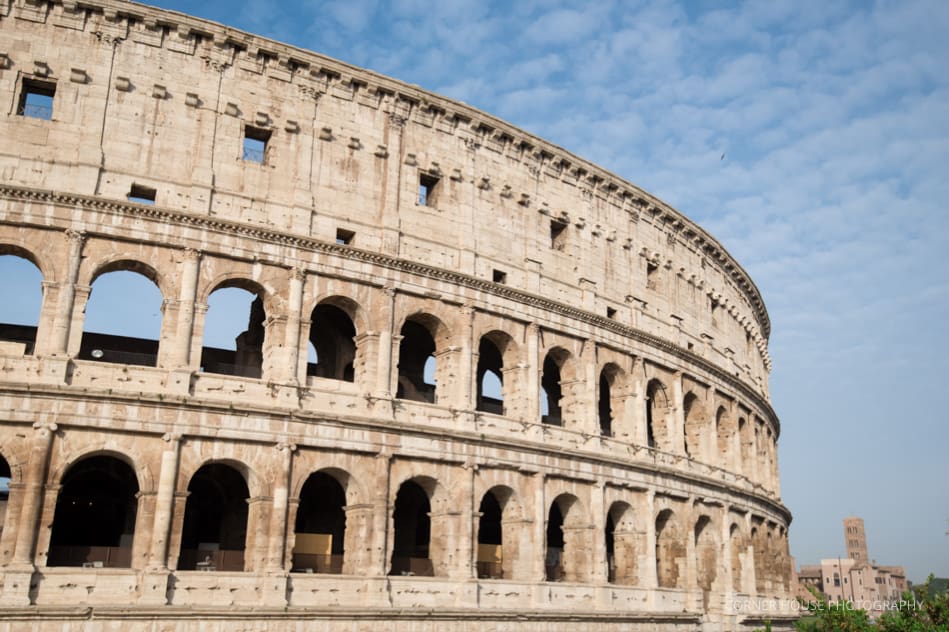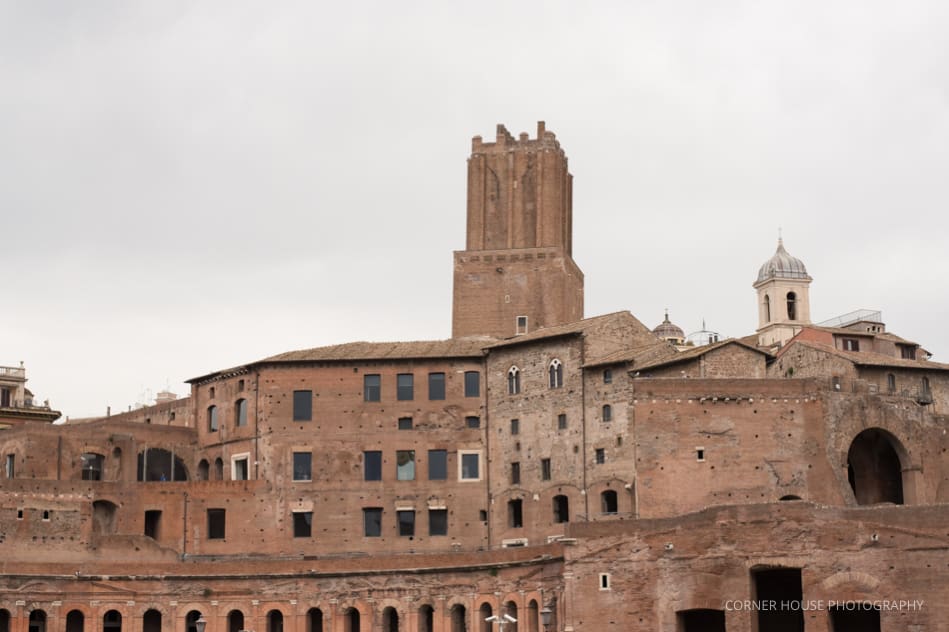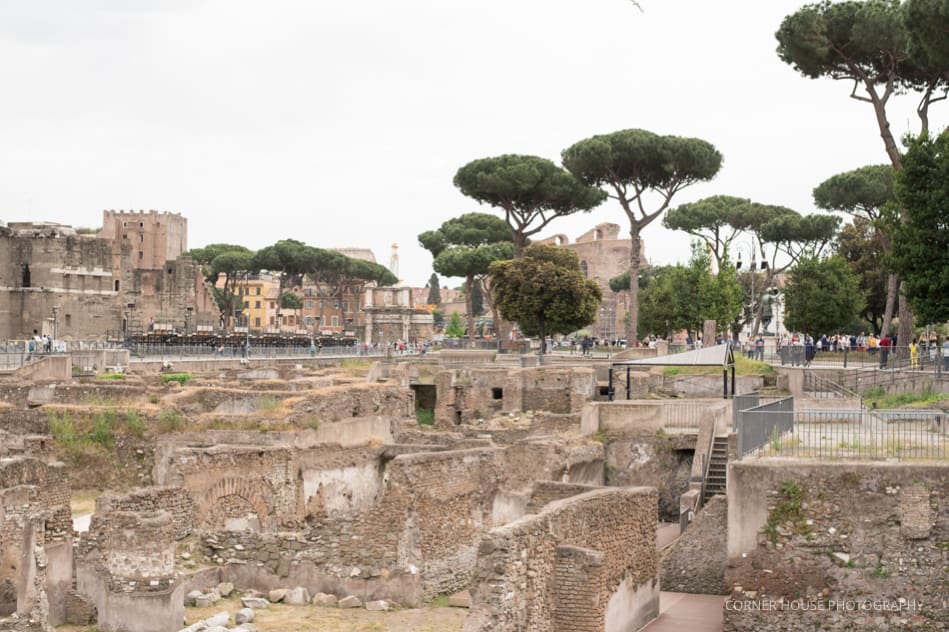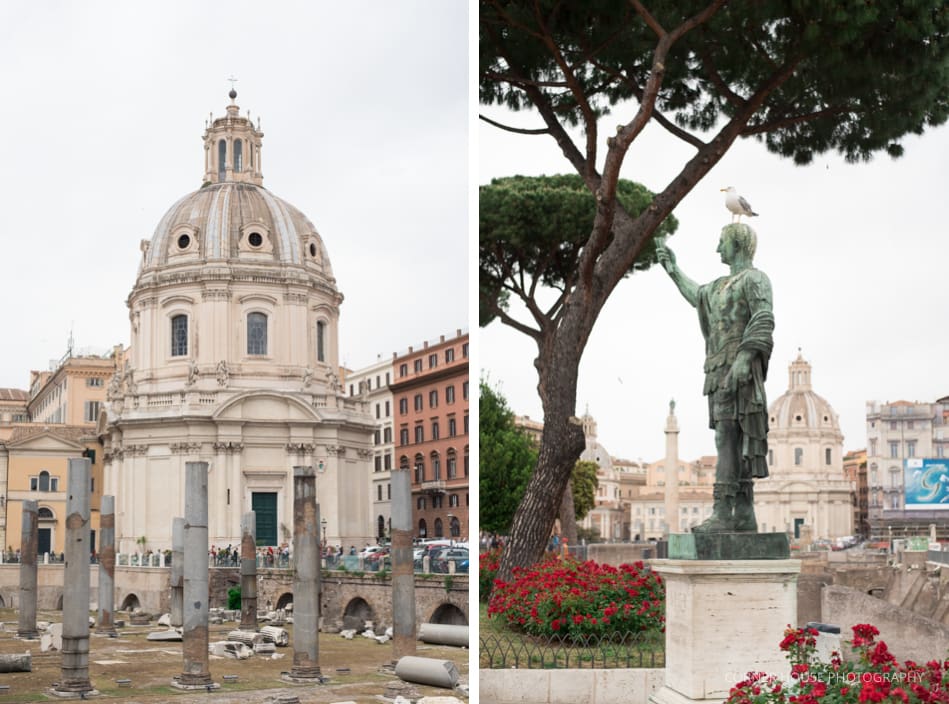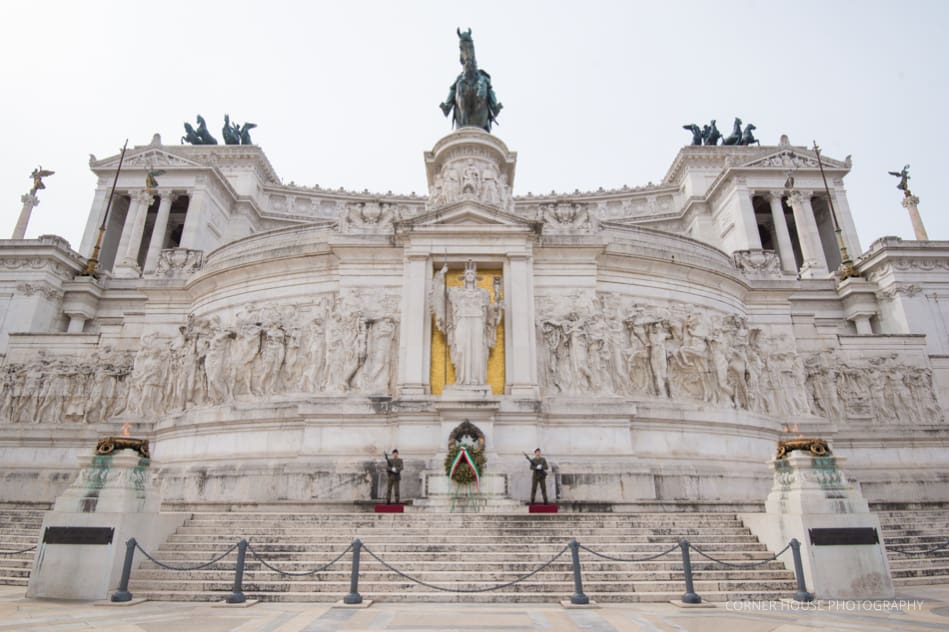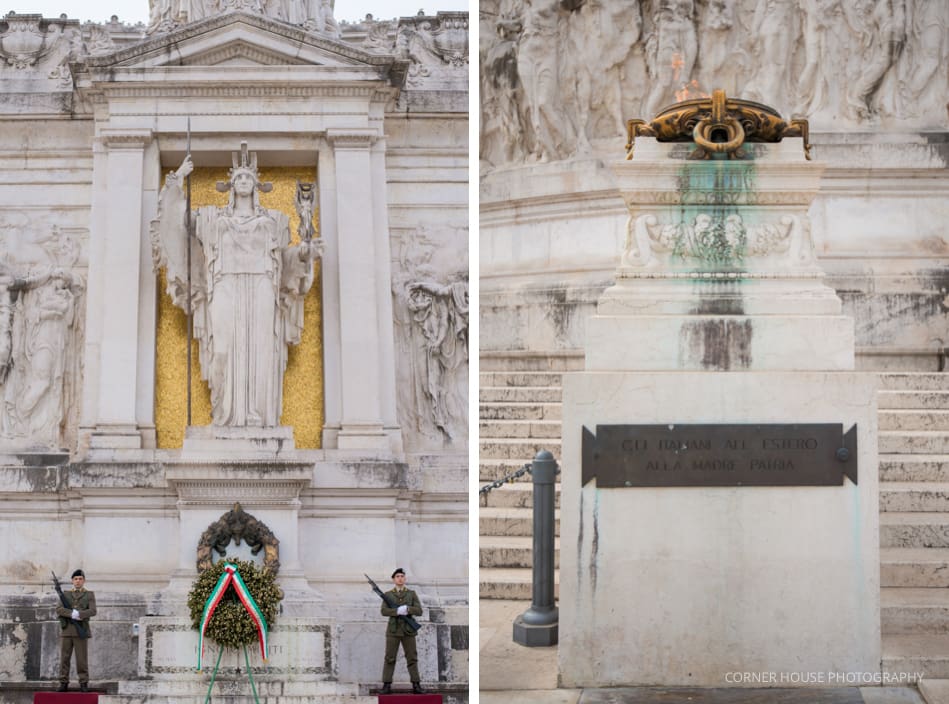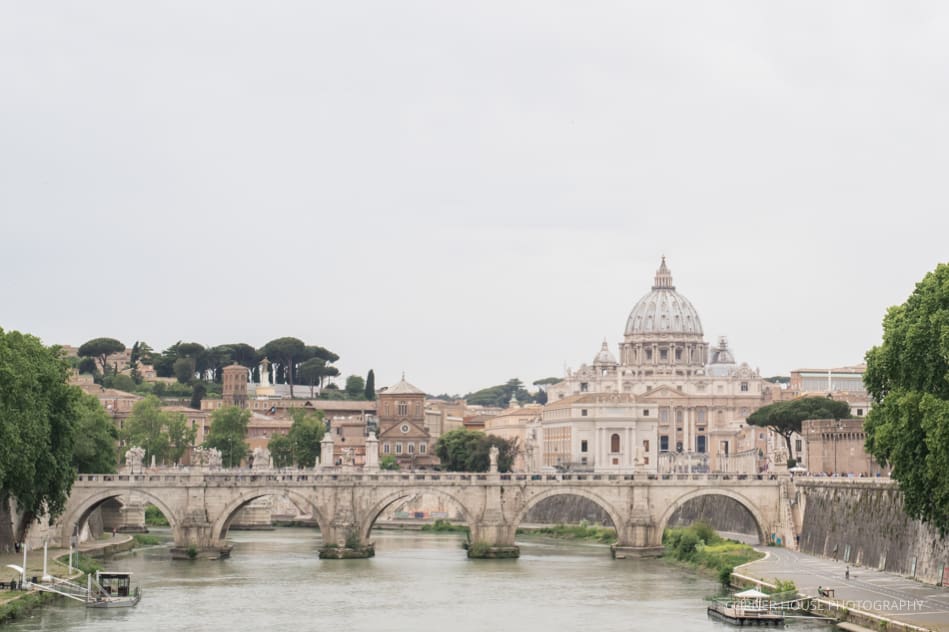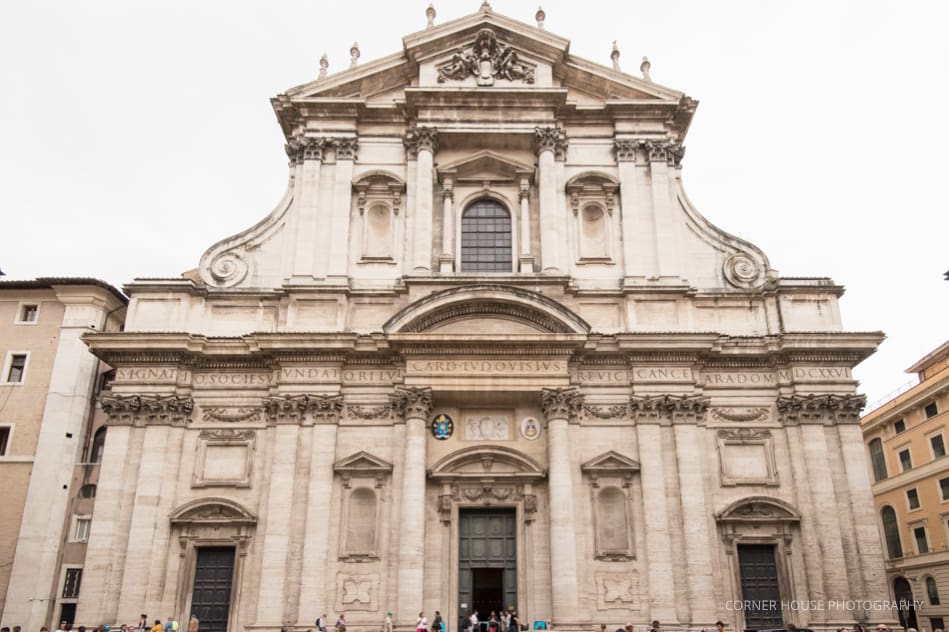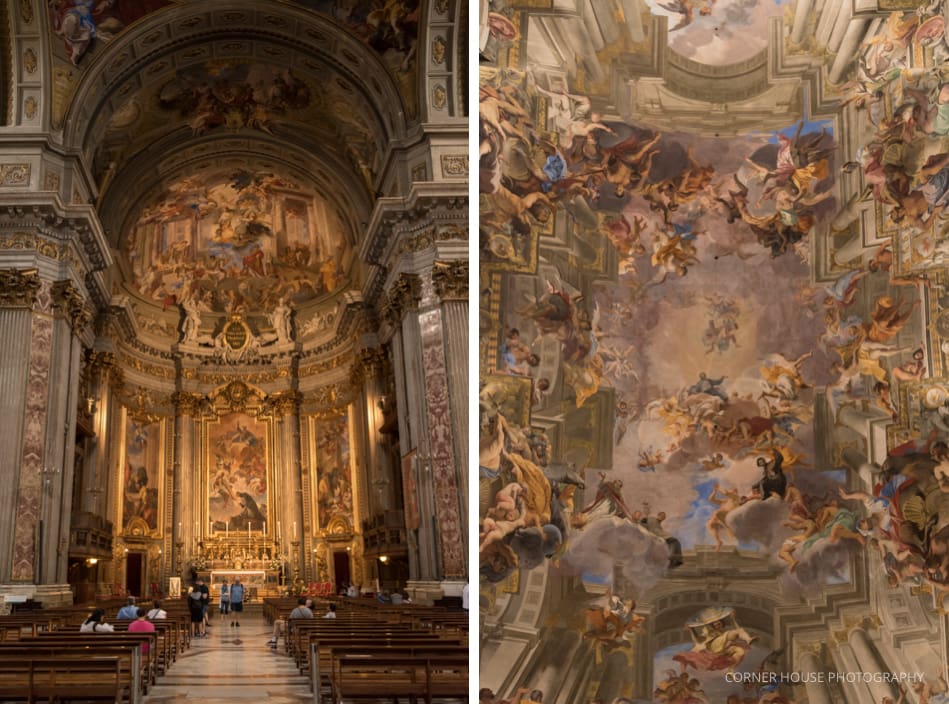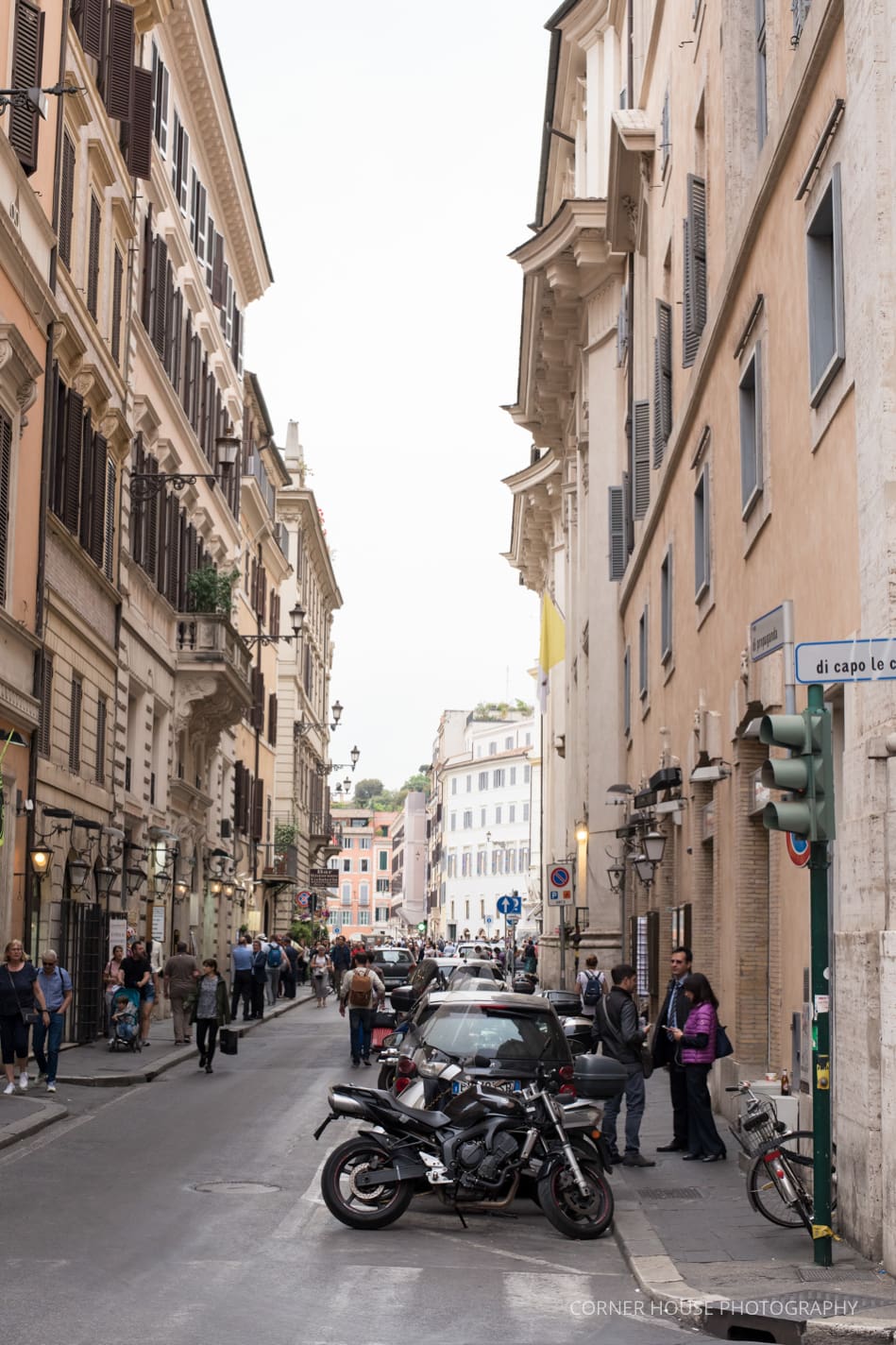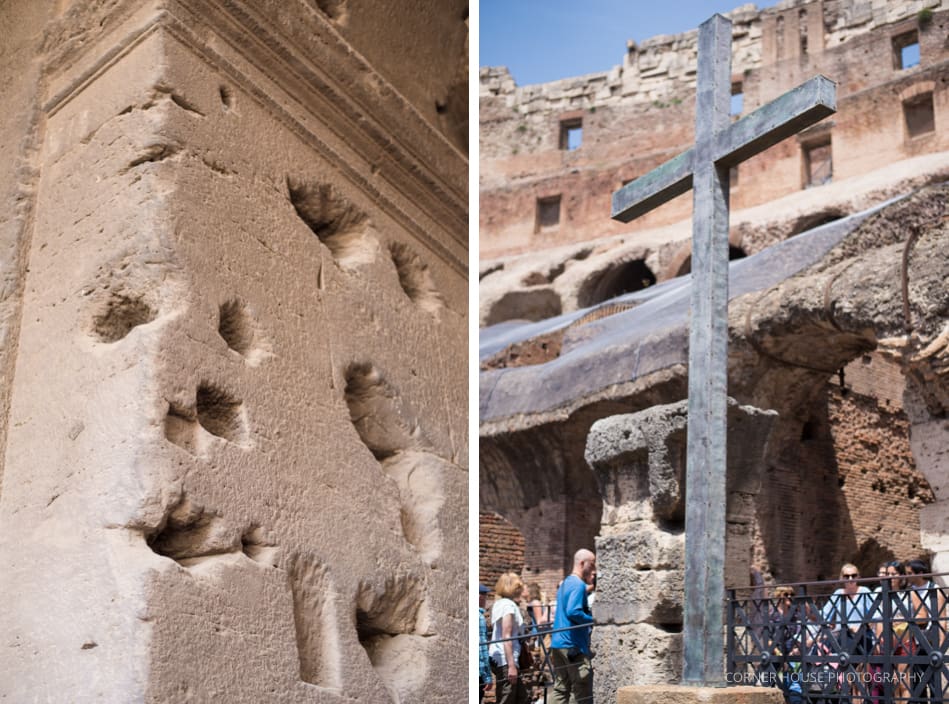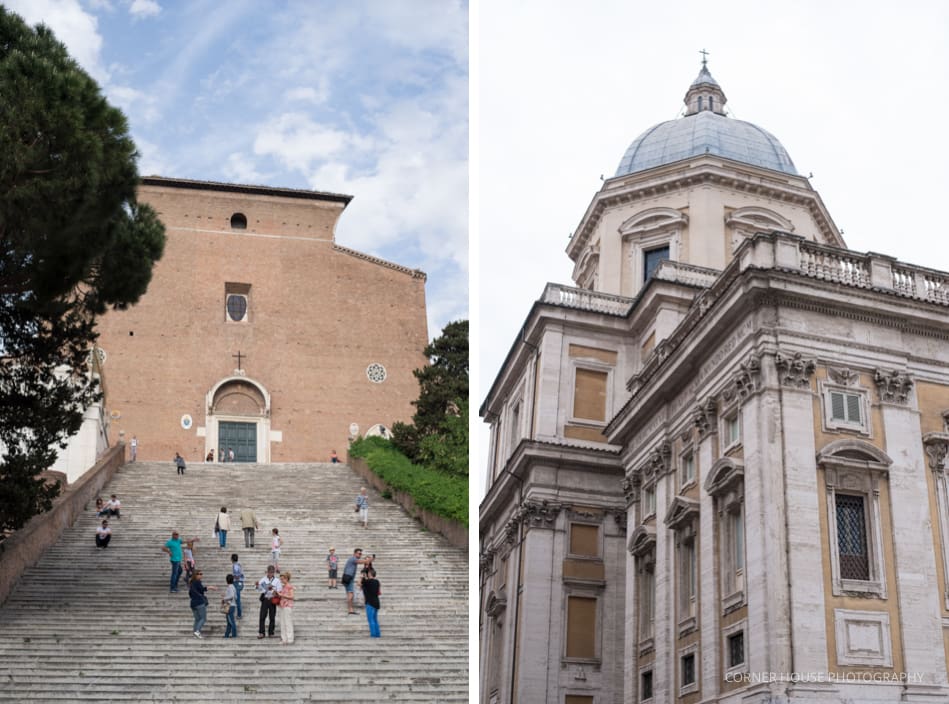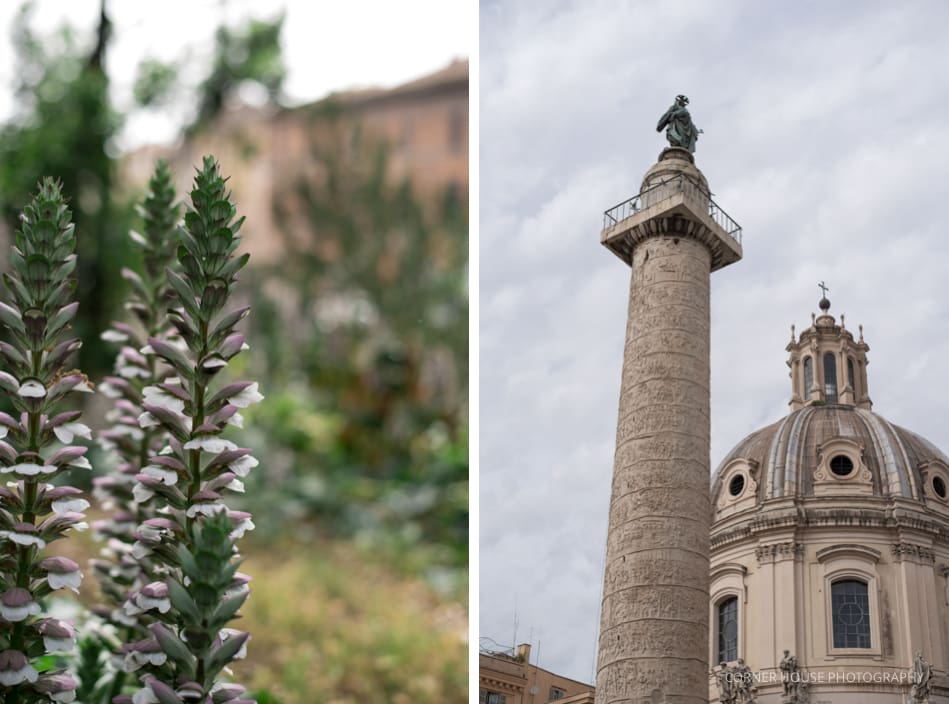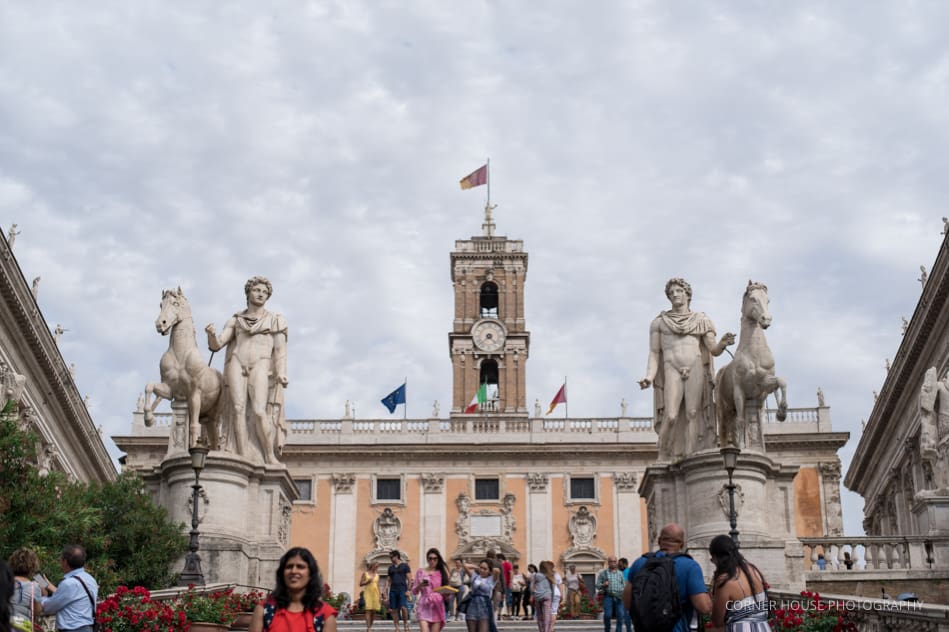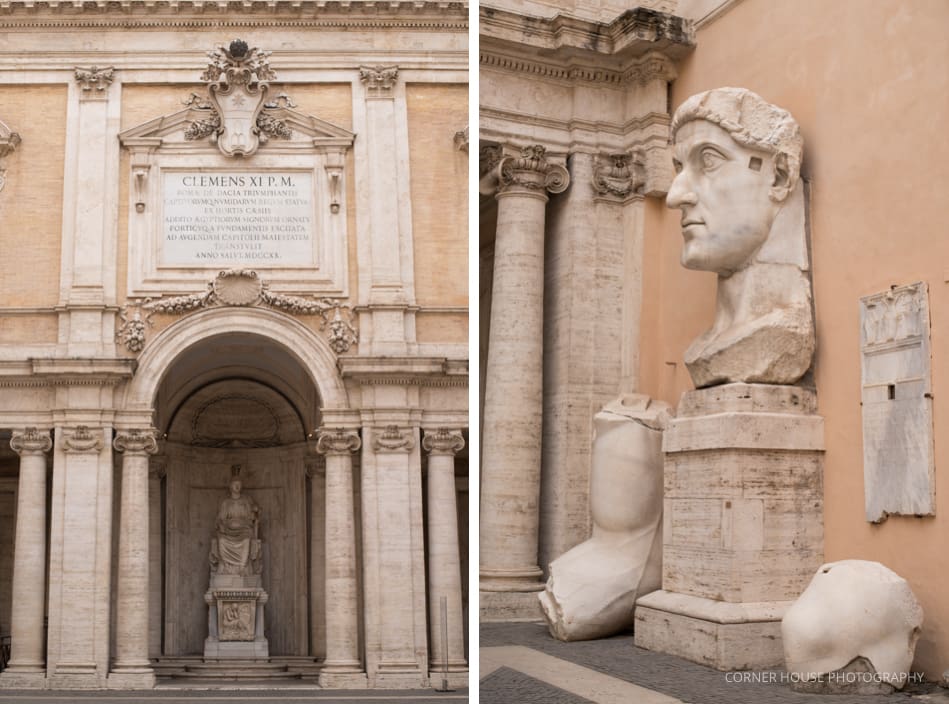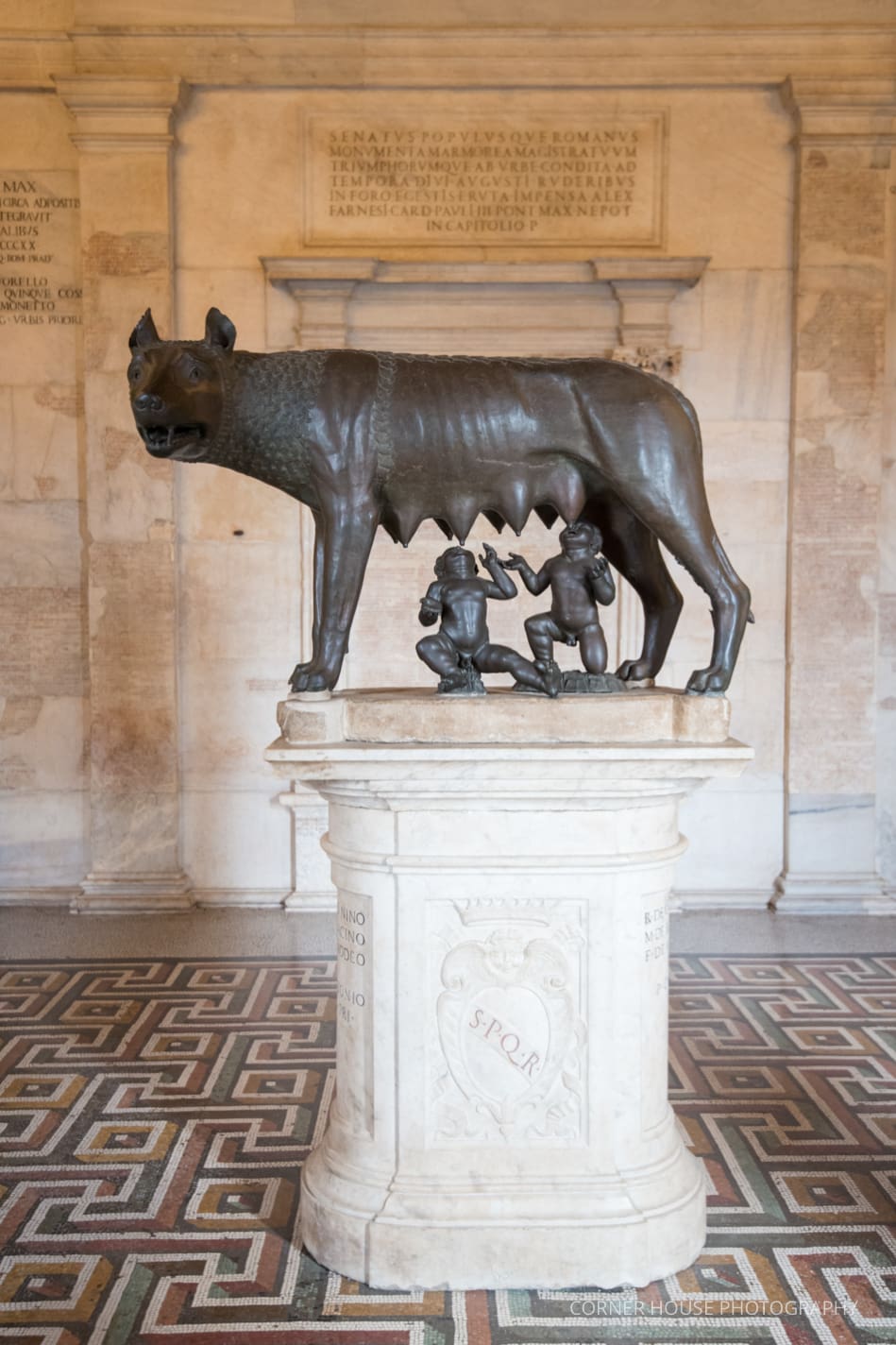Rome, Italy
Ahh, Rome. It was what the entire trip was centered on. Through high school, I took three years of Latin and learned all about Roman and Greek mythology. Completely captivated back then and still today, I had been looking forward to visiting the Rome most out of any spot.
Three days in Rome was not enough to both see and appreciate all of the stops. As you will soon read, I managed to create a thorough walking tour of the city to see the majority of statues, buildings, and art, however looking back I would recommend either extending for an additional two days or focusing on the main items that I had loved so much so from reading back in school.
The Colosseum
While the Colosseum comes to mind immediately for many when hearing Rome, for me it is the Pantheon. I knew that it had a to be the first “destination” of the day with stops that happened to be along the journey. Hopping on the green line of the Hop On Hop Off Tour, we departed the bus at the 6th stop for the Vaticano. After, walking along Via dei Coronar to the Piazza Navona, the Fiumi Fountain, also known as the Fountana dei Quattro Fiumi meaning Fountain of the Four Rivers, was designed in 1651 by Gian Lorenzo Bernini for Pope Innocent X. Created from travertine rock, the four river gods stand as a base for the rising column that has an emblem of a dove with an olive twig. The emblem is the mark of the Pamphili family, while the four river gods represent the Nile, Danube, Ganges, and Rio de la Plata.
My Favorite, The Pantheon
Continuing by foot, the Pantheon jumped out at us as we rounded the corner of one of the many side streets leading to it. Awe-inspiring describes the feeling as you see it for the first time. While many (the majority) of the buildings in Rome have a history, none like the Pantheon can you feel the heart and soul of the building, at least for me. Pantheon, Greek for meaning Temple of Every God, was created as a Roman temple by Emperor Hadrian around 126 AD – AD! Insane, I mean seriously so old, so much history, it has seen it all and stood the test of time. Walking through the vestibule, overhang with large columns in front, through to the rotunda, you will find the world’s largest unreinforced concrete dome with a central opening known as the oculus in the ceiling allowing you to see the sky. Now a church dedicated to St. Mary and the Martyrs, it has been preserved over the years due to its constant religious use throughout history.
As the light beams in throughout the day, it’s rays rotate around through the circle as it rises on one side and sets on the other, inadvertently showcasing a different piece of art or tomb. Small holes in the floor allow for drainage when the rain pours in. I visiting the Pantheon twice, and would highly recommend waking up very early to visit first thing in the morning. Less noise and people crowding in equals a more fulfilling time to appreciate the time that went into the Pantheon’s creation.
Fontana Di Trevi
Heading away from the Pantheon, the next big stop that came up was the Fontana Di Trevi. As legend has it, Roman soldiers were guided by a young girl to a source of pure water eight miles from the city’s center. The finding of water triggered Augustus to commission the construction of a 14 mile aqueduct leading into the city named Aqua Virgo or Vigin Waters in honor of the girl the soldiers were guided by. Behind the Fontana Di Trevi you will find the backdrop of the Palazzo Poli. Now housing the Istituto Nazionale per la Grafica, an Italian institute aimed to preserve, protect, and promote the heritage of documenting works of art, it use to once house lavish parties by Princess Zinaida Volkonskaya in the 1830s.
Jumping back on the bus, we headed over to the Spanish Steps. Made of 135 steps leading to the Trinita dei Monti church, the Spanish Steps were built by French diplomat Etienne Gueffier from 1723-1725. Overwhelmed with sitting tourists, definitely make the Spanish Steps a morning item.
The Colosseum Tour
Day two and three consisted of exploring the Colosseum and its surroundings. Planning ahead (way ahead) offered the opportunity to grab beautiful Air BNBs at awesome prices. Staying at the “Luxury House Ostilia Coliseum Rome,” owned by host Cristiana, we could literally see the Colosseum from the road. Not even a five minute walk – well five minutes if you grab gelato at the store nearby – it was the PERFECT place to stop. Clean, modern, and beautiful, there is no comparison to the tight hotel quarters most offer, common of Europe.
The Colosseum, also known as the Flavian Amphitheatre, sits in the center of the city and is the largest amphitheater ever built in the world. Construction began in AD 72 and completed by AD 80, granted constant restoration projects continue to this day. Named as the Flavian Amphitheater for the three emperors who assisted in the creation of it during the Flavian dynasty, it can house 50 to 80,000 spectators. Used as a place of entertainment to house gladiatorial contests, theatre reenactments of Classical mythology, and now a prime tourist spot, it has changed with the times. Thinking back to the creation and movement of the immeasurable amount of construction materials (at least to the eye), notches can be found in almost every stone to insert beams for raising up materials to further the advancement of building.
It’s long history of course has not always been positive. From forcing slaves to battle one another to the fighting of exotic animals, the blood shed did not come without a price. Overtime through war it was ravaged for materials until the Catholic church stepped in to protect it due to the possibility of Christians’ being persecuted. A large cross that can be seen from any point in the stadium stands prominently at the lower level of the seating area. However, our guide who was a historian art major said that there has not been evidence found of the such. While it can be almost assumed that every race and religion was forced into the brutality of displays at the Colosseum, there has not been any evidence showing it was a place dedicated to the persecution of one people.
Waking up very early on the day of the Colosseum, I purchased the “three ring tickets” to be able to see the first and third rings, of which are not included with the general admission price. The online system showed as all of the tours being booked for days, but it did not make sense so since purchase could only be done the day of at the box office, I made it a point to be one of the first in line. $12 – yep just $12 – allowed for a private tour to these rings with a knowledgeable guide and a group of no more than 20. I cannot tell you enough how much you will miss out if you do not make it a point to purchase this additional ticket. The attraction is packed to the brim with visitors, but once you enter the first and third rings, you are completely alone from the chaos. Seeing where animals were kept, the canals built for blood runoff, and storage areas for weapons was while fascinating rather grim. The third ring where women and slaves sat to watch the shows back in their day was a breath of fresh air as you could see for miles upon miles around you. The views were endless and it made for a more positive note to end on.
Palatine Hill
Palatine Hill encircles the Colosseum and is easily accessible by foot. Centermost of the Seven Hills of Rome, it stands 40 meters above the Roman Forum looking down upon the Colosseum and Cirucs Maximus. Roman mythology states that Palatine Hill was the location of the Lupercal cave where Romulus and Remus were found by the she-wolf Lupa who kept them alive. Before leaving Palatine Hill, Circus Maximus can be found right behind it. The course was used for chariot racing during the Roman period, however has since turned to a beautiful park.
After spending time at Palatine Hill, we were off to the Roman Forum, where the ancient Roman government buildings lie. Elections, triumphal processions, public speeches, trials, and more gladiatorial matches were held at the forums in addition to a bustling marketplace back in their period. Hidden not too far away, the Temple of Hercules Victor was a must see as well.
Capitoline Wolf
While I loved the architecture of these areas, it was the artwork that I had looked forward to seeing the most, specifically the Capitoline Wolf. Located in the Capitoline Museum, the statue of the Capitoline Wolf can be found. Made of bronze, the mythical creature stands above Romulus and Remus as she provides them protection and nourishment. Ordered to be casted into the Tiber River after the overthrowing of Numitor their grandfather, a she-wolf saved and cared for them until they were found by Faustulus who raised them. Saving the boys led to them growing up to overthrow the regime and to create a city of their own. A further dispute led to Remus being killed, possibly by Romulus, and Romulus founding the city of Rome as reigning king.
The cuisine of Rome, while good, was much different than Italian food here. Less flavorful, they focus on fresh ingredients verses over seasoning. Hands down you will never find better gelato than in Italy, and I recommend stopping at each and every little locally owned gelato shop that you pass.

